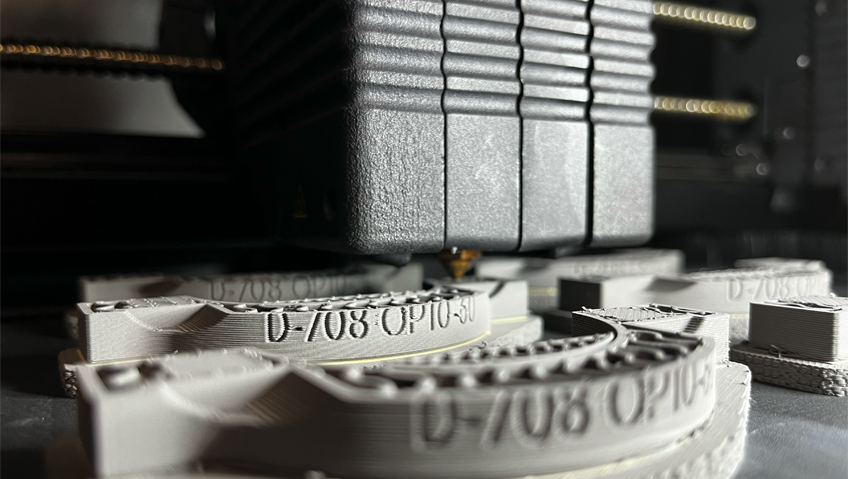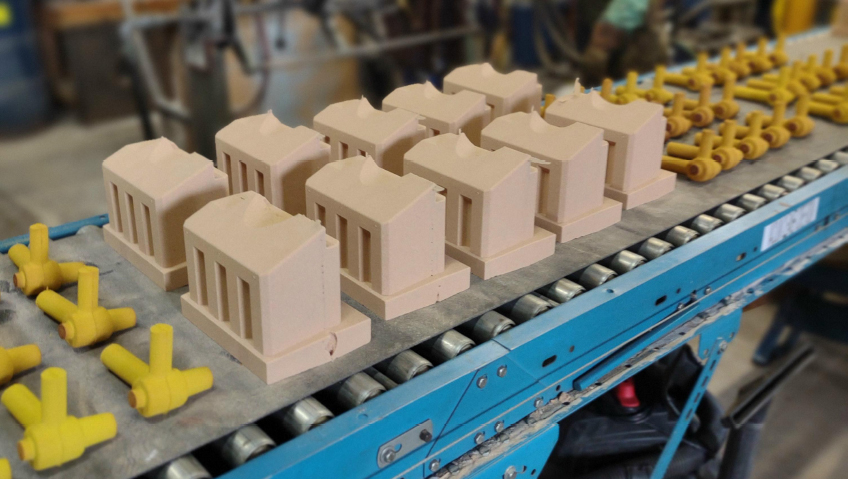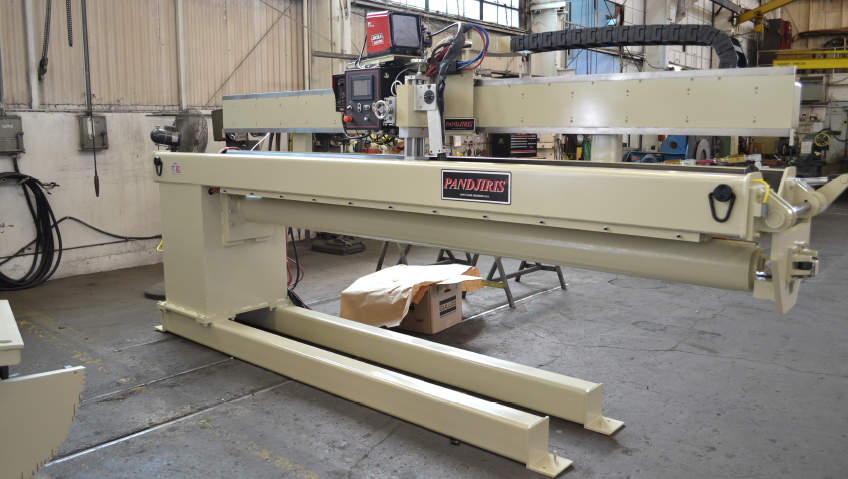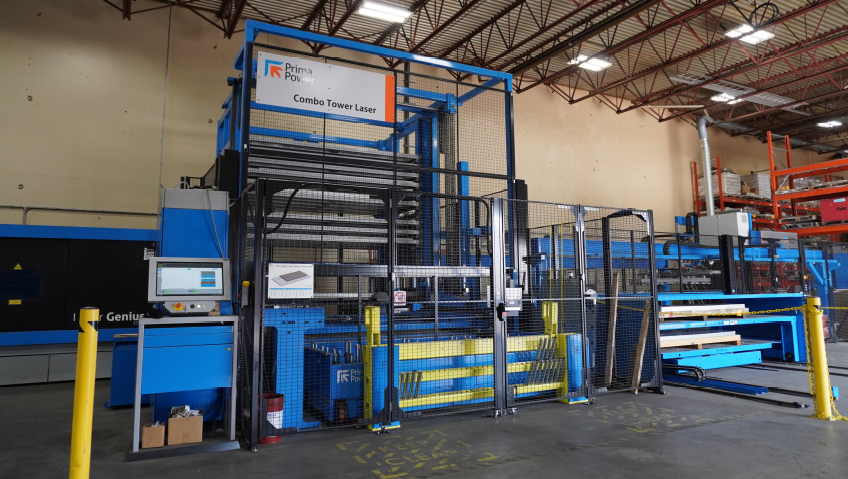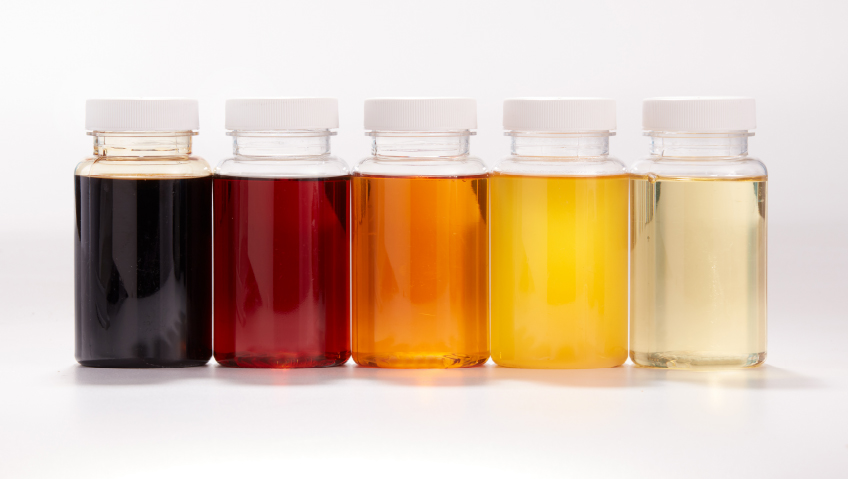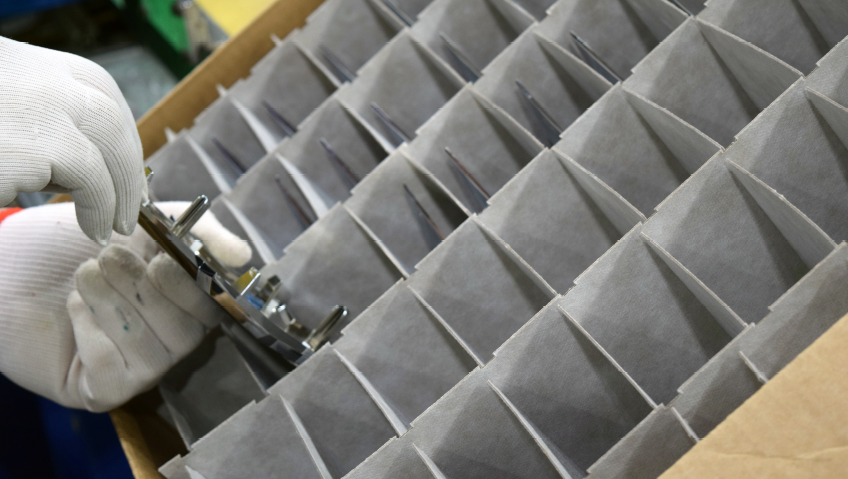Although its beginnings in 1978 were modest, Egar Tool and Die Ltd., based in Cambridge, Ontario, has since grown into a top manufacturer of complex automotive stamping dies, metal stampings, and welded assemblies, largely for North America’s Tier I automotive industry. With more than 40 years of success supplying industry-leading progressive and transfer dies, the company’s talented design team uses the most up-to-date simulation and CAD/CAM modelling.
Impressive ability
“Egar is a very adaptive company that has proven itself able to pivot in these economic times,” says Engineering Manager Colin Kools of the company’s impressive ability to weather challenges and confidently forge ahead.
Over the years, Egar Tool and Die has grown to encompass two sites that each provide large-volume production stamping and welded assemblies, producing more than 25 million stampings annually for a variety of international vendors using presses ranging from 200T to 1200T in capacity.
Utilizing modern metal forming equipment such as servo-transfers and link presses, dies are produced on site in the tool room, which is furnished with high-capacity overhead cranes and large-bed CNC machines, and undergo extensive testing in the company’s specialized press shop before introducing the tool to production. Egar frequently tests new procedures in its manufacturing facility—commercial parts, tool steels, and coatings—and the calibre of its new tooling is a direct reflection of the company’s decades in the industry.
A fully integrated additive manufacturing (AM) department—featuring both metal and plastic printing—is the company’s most recent addition. As Kools says, “Egar has adopted additive manufacturing with an open mind to the future.”
The company aims to use AM to transform the tooling business by developing innovative methods that streamline production and challenge conventional manufacturing standards. Beyond fabrication, its dedication to innovation is shaping a future where accuracy, productivity, and personalization all work together harmoniously, establishing new standards for tooling excellence in the age of AM.
Decades of design experience
Thanks to this dedication to evolving alongside the industry, Egar has, over its decades of work, established a solid reputation with the most discerning clients in the sector. Design is expertly executed by a highly qualified group of engineers and designers to produce tools for the most intricate stamped parts in the business, using forming simulation software that allows every process to be thoroughly verified at every point throughout the design stage.
Before manufacturing, a comprehensive 3D design is produced and discussed with the client. To maximize part quality throughout development, the design team employs reverse engineering software and laser scanners. Additionally, within its own manufacturing facility, Egar thoroughly tests new procedures, commercial parts, tool steels, and coatings.
The calibre of the company’s die designs is a direct reflection of Egar’s industrial experience, adds Kools. Internally, designs are thoroughly examined together, and client involvement is always encouraged. Before the design process begins, forming methods are validated using simulation software. And before the start of die design, any process hazards are identified and mitigated.
Any requests for changes to the product can be submitted while the final design is still being influenced, a simulation that produces a more precise method of optimizing blank forms for nesting as well as a part that is easier to fabricate.
CAD creativity
Every Egar tool is completely created in 3D CAD. The same CAD environment is used to build CNC and EDM pathways, enabling a precise and effective transfer to manufacturing. The company’s 3D scanner provides a fully portable measurement solution, making it possible to swiftly and precisely finish emergency tool repair, part analysis, and reverse engineering. Additionally, designers are provided with an STL mesh file during die development for objective analysis thanks to this technology.
Egar Tool’s well-furnished tool room, press shop, and design department support engineering projects of any size, with an in-house design staff capable of designing entire projects, from minor adjustments to extensive reprocessing. The company can animate dies and tooling components on site with metrology-grade accuracy of up to 0.03 millimetres using the most advanced machinery.
Egar also offers on-site die repair services, with a team that can assess discrepancies, reverse-engineer, and redesign and fix faulty dies by superimposing CAD models over scanned parts.
Because existing clients employ tools from around the world, Egar has gained much experience fixing a wide variety of dies, meaning that broken dies or problems with die quality or maintenance can be handled quickly by the design team and tool room.
A perfected process
Support for the launch of new dies is provided via a fully furnished press room with a 500T hydraulic spotting press and a skilled quality control staff to vigorously design, test, and inspect new dies. Egar’s team can utilize the Production Parts Approval Process for customer parts until the dies can be landed, and to maximize die output, Egar can test dies using press parameters, upper and lower die surface contact, and even the finest quality control checks.
With highly qualified CNC operators, Egar boasts a well-equipped CNC department allowing all 2D and 3D needs to be machined in-house while providing a broad variety of styles with an extensive machine portfolio. With cutting-edge clamping and locating technology, Egar’s CNC machines are ready to guarantee accuracy on every part. The company’s ERP software, meanwhile, monitors all facets of material flow during the manufacturing process. Every step of the production process, from coil to stamped and welded part, is planned and supervised with precision and detail.
ERP software can also provide the current production rate, inventory level, and item demand at any given time, and can adjust production schedules based on current demand, delays, and other production criteria due to its EDI capability and interaction with supplier schedules using clever algorithms. Additionally, forklift-mounted tablets and specialized terminals at each of the work centers are used to stream shop floor data.
When it comes to materials, Egar employs its impressive experience creating the sophisticated materials used today—including aluminum, HTS, dual, and multiphase forming—with the company’s in-house simulation software to verify process, die build direction, and feasibility before design. To fix forming problems, trial pieces are scanned, colour-mapped, and reverse-engineered with production presses featuring three-axis servo transfers, 180 x 86 rolling bolsters, and 72-coil feed lines that can handle coils weighing up to 50,000 pounds (all features of the 1200T and 1000T presses).
The company also provides both short-term emergency runs and long-term manufacturing runs.
Specialized welding
In terms of production welding, robotic gas metal arc welding (GMAW) and automated projection spot welding assemblies are the focus of Egar’s second facility, with a range of weldments that include hot rolled steel and completely welded galvanized subassemblies. Retention tests offer trustworthy data on demand, and projection spot welders’ nut detection skills guarantee that all customers receive the right product.
Egar’s in-house team creates sturdy weldment fixtures with an emphasis on repeatability and simplicity, with poka-yokes incorporated into the design to guarantee consistent production quality and execution.
Kools adds that 3D printing, of course, also plays a dramatic role in the company’s production capabilities, as the team can design, test, print, cure, and install metal components in as little as two days thanks to an extensive range of metal and composite printers and ovens. The company has the resources and skills to print in titanium, 4140, 17-4PH, H13, 316L, copper, and D2, in addition to composites. Egar also thoroughly tests these items once manufactured to guarantee their dependability in harsh environments.
Egar works cooperatively with its sister companies, The Sphere Group. Through this cooperation, Egar has access to resources in numerous disciplines that are unavailable to many other businesses.
In short, Egar Tool creates tools and products that stand the test of time by staying ahead of trends and nimbly pivoting with changing times, allowing the team to handle numerous and demanding challenges. Ultimately, says Kools, the company has great expectations, looking forward to more exciting things to come.

